I am scraping the edges of my memory here, but I am fairly sure that opinion polls in my childhood (for the elections of 1970, 1974 and 1979) quoted four percentages: Conservative, Labour, Liberal and ‘Undecided’. Nowadays no figure is quoted for ‘Don’t knows’, and party support is contrived to add up to 100 per cent. Undecided respondents are variously treated according to each polling company’s methodology: a few ignore them completely; others apply a supplementary question such as ‘Which way would you vote if voting were compulsory?’ Their answer to this may be statistically downweighted, but it will still be added to the total for one party or another, rather than being listed under ‘Don’t know’.
This seems a very bad practice. If a research company were presenting consumer reaction to a new shampoo, I would expect to see a percentage figure for the undecided. Not listing such people separately creates a false impression of certainty. You can apply all the statistical models you like, but the voting behaviour of swing or undecided voters is best predicted by the situation, rather than by anything such people say. If, for instance, you have an incumbent government generally perceived to be doing a tolerable job, and are faced with a high-risk alternative — as in 1992, 2001 or 2015 — the undecided will lean heavily towards the status quo. Had the DKs been listed as a separate figure, more people would have expected Tory success this year.
Shy Tories are only part of the story. Some DKs would never vote Tory or Labour, but will stay at home if not impressed by any alternative. Finally there may be a ‘Francis Bacon’ effect — where people default to the Conservatives as a least-worst option (the artist explained that he voted Conservative not because he believed they were about to build the New Jerusalem, but because they ‘seem to make the best of a bad job’). Such people may vote Tory for the same reason we all sometimes eat at McDonald’s: not because it is wonderful, but because it’s unlikely to be catastrophically bad.
This approach — where if a government’s kind of OK, you vote to keep it, and when it’s bad you kill it — runs counter to the modern idealistic approach to politics. Yet it’s what really makes democracy work. The principal quality of a healthy democracy is not that you get perfect governments — a fairly good government is as much as anyone can hope for. What matters is that you get rid of a bad government (or Fifa president) before any rot sets in too deeply. Disproportionate electoral systems — such as ours — have this hidden advantage: we get to purge the Augean Stables every decade or so.
Francis ‘Fucking’ Fulford, the potty-mouthed paterfamilias of the BBC3 series Life is Toff,was once asked how his family had held on to the 3,000 acres granted to his ancestor by Richard I in 1190. He explained that, when he looked back on 22 generations of the family, there had been some appallingly bad people. Gamblers, adulterers, alcoholics and wasters. ‘But where we’ve been lucky is that we’ve never had two fuckers in a row.’
All governments turn bad. What matters is that you never get more than two terrible governments in a row. That 8 per cent of non-ideological voters who are happy to maintain any government while it’s ok, but who vote it out the moment things turn rotten, are complete anathema to the politically active, who believe that you should support a political party the way you support a football team. But they are the most valuable people in Britain. We should be grateful to them.
Got something to add? Join the discussion and comment below.
Get 10 issues for just $10
Subscribe to The Spectator Australia today for the next 10 magazine issues, plus full online access, for just $10.


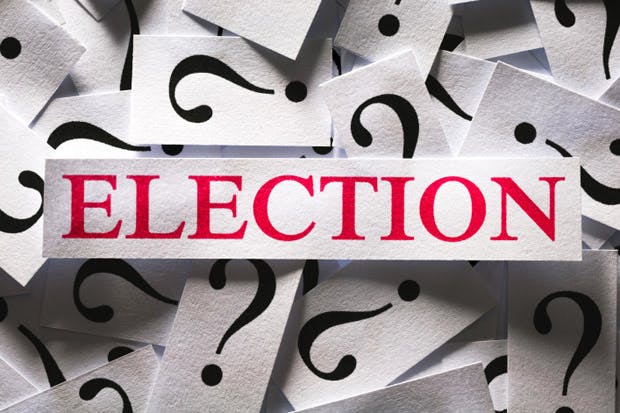
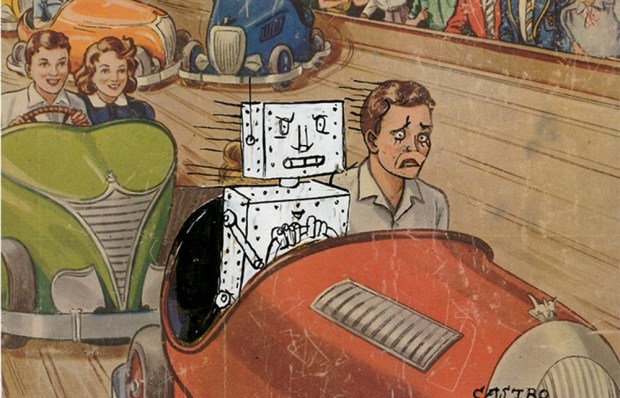

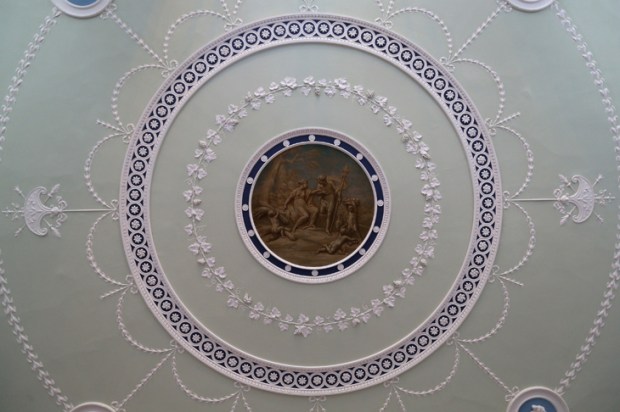
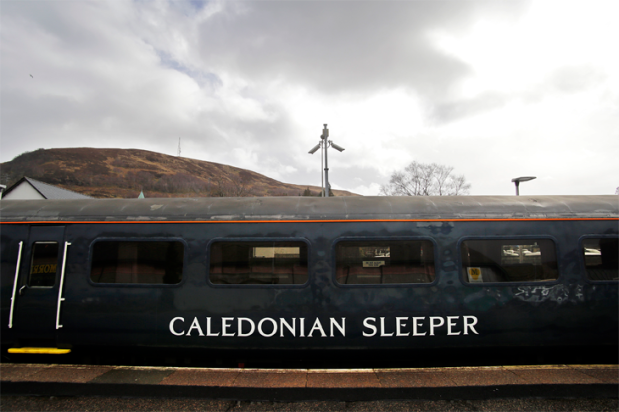

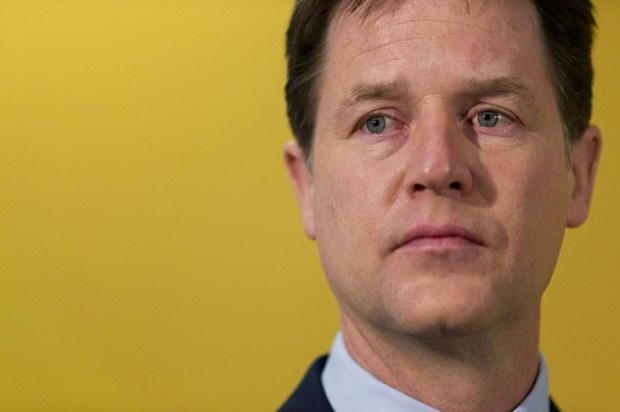






Comments
Don't miss out
Join the conversation with other Spectator Australia readers. Subscribe to leave a comment.
SUBSCRIBEAlready a subscriber? Log in